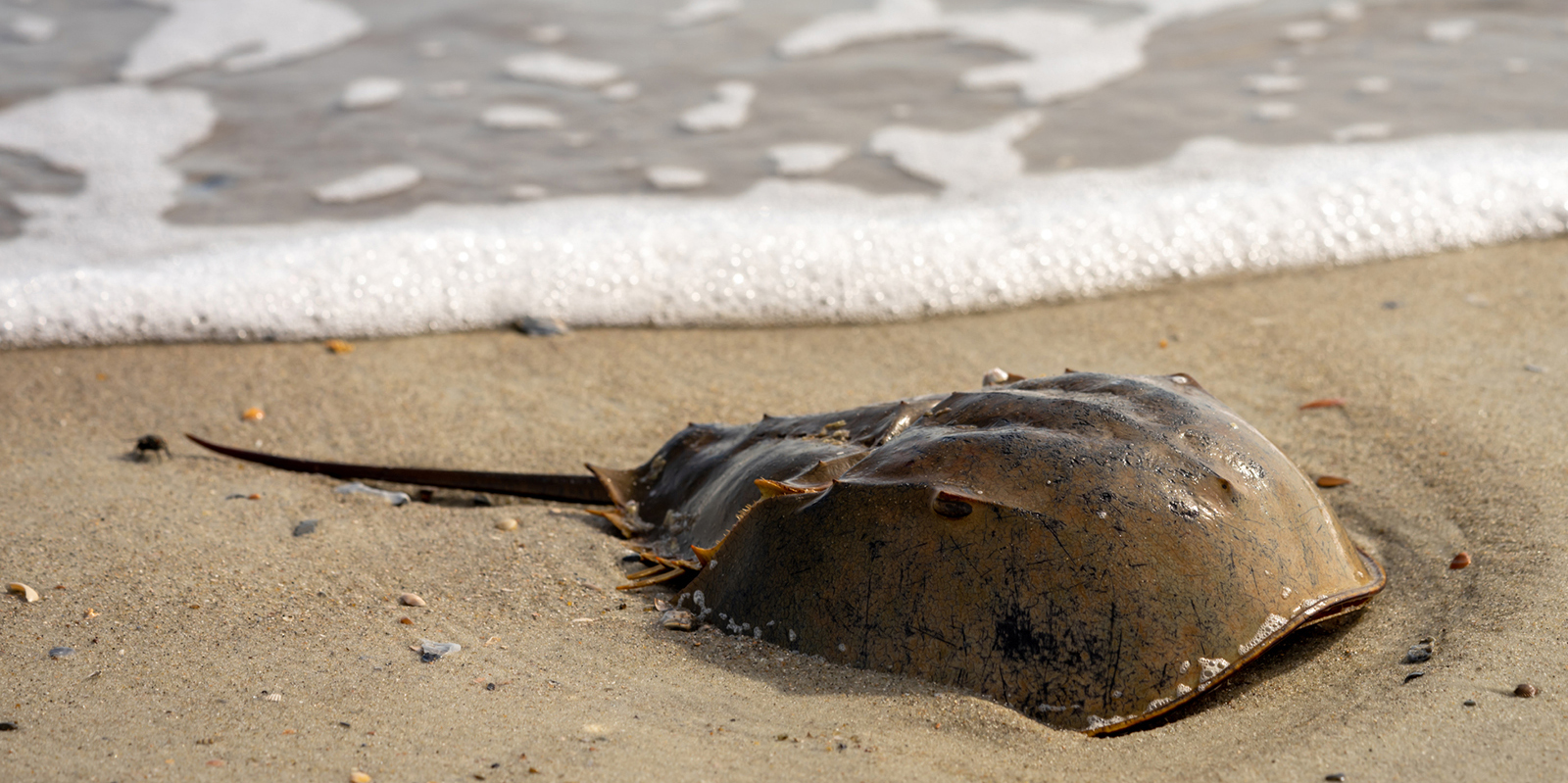June 16, 2014
On a recent early Friday afternoon, the industrialized waters of upper Narragansett Bay between Providence and East Providence were abuzz with sailboats and motorboats. Recreational sailors and fishermen were enjoying a picture-perfect spring day.
Three other boats, belonging to the East Providence harbormaster, the Coastal Resources Management Council (CRMC) and Clean Bays, were carrying an fleet of dignitaries — Sen. Sheldon Whitehouse, D-R.I., Department of Environmental Management Director Janet Coit, Attorney General Peter Kilmartin, East Providence City Council member Thomas Rose Jr. and CRMC Director Grover Fugate — who proudly took notice of the nearby water play.
“Just ten years ago I never imagined there would be this much activity in the upper bay,” Whitehouse said. “It’s wonderful to see.”
But there’s plenty of work that still needs to be done to rehabilitate the area. Besides suffering from oxygen-starved water, especially in the summer, and decades-old contaminated sediment, the upper bay/Seekonk River area that separates Providence from East Providence is cluttered with relics of the region’s marine past.
It’s a problem Whitehouse and Kent Dresser, executive director of Newport-based Clean Bays, have been discussing for a few years: thousands of wood pilings, some sticking up to 6 feet out of the water and others more dangerously lurking just below the surface; frames of abandoned barges leftover from Route 195 bridge construction; and about a dozen sunken shipwrecks. Some of this debris is more than a century old.
This debris is the product of development and the subsequent abandonment of properties, and storms. For example, a steamboat, in decent condition, sunk during the hurricane of 1938 is among the bones in this underwater graveyard.
“There’s a massive amount of debris out there,” Dresser said. “This project was a number of years in the making. It’s hard to fund, but there are economic and environmental factors for removing this debris.”
He also noted that the work is challenging on many fronts, from dealing with tides, currents and wind, to finding the right people and equipment, to actually securing the financing needed to complete the project.
Whitehouse said all this environmental pollution is a hazard to sailors, canoeists and kayakers, and is hindering the area’s revitalization.
“These legacy pilings are dangerous and ruin the beauty of this gorgeous marine environment,” he said. “They need to be cleared out. They’re no use to anybody, and they’re slowing the value of the area.”
Clean Bays spent the first two weeks of June removing pilings off Bold Point Park. To assist with the pilot phase of this underfunded project, Dresser had a 30-foot boat called the Aqualogger trucked in from Maine.
Owned by the Deadhead Lumber Co., the Aqualogger is used to salvage timber lost in lakes and rivers during Maine’s centuries of logging. These sunken logs — called deadheads — are often well preserved and valuable. The company turns this reclaimed wood into hardwood flooring.
To deal with the upper bay’s many wood pilings, the Aqualogger required a minor adjustment: a chain saw mounted on the bow capable of being lowered to and raised from a depth of up to 80 feet, to cut timbers at their base without upsetting contaminated sediments — a condition of the CRMC permit that authorized the work.
Most of these removed pilings — about 90 percent of which are oak, according to Dresser — will be dried in the sun and turned into flooring by Deadhead Lumber.
Clean Bay plans to target the former dry-dock and sunken vessels near Bold Point and industrial abandonment debris on Green Jacket Shoals. River debris in this area spans some 14 miles, from Bullock’s Point to Pawtucket, and the plan is to clean the area over five years — if funding can be secured.
Removing and collecting all of the debris will cost far more than has been raised. To begin the project, Clean Bays received a $50,000 grant from 11th Hour Racing, a Newport-based organization financed by the Schmidt Family Foundation.
Marine debris removal is listed as a priority in the Providence Harbor Special Area Management Plan, adopted by the CRMC in 1983. According to the document, in the 1980s, about 27,000 cubic yards of shoreline debris littered the upper bay and Seekonk River. The Army Corps of Engineers estimated at the time that a one-time harbor cleanup would cost $7 million.




I believe it very wise to investigate and document the debris on Green-jacket Shoal and Bold Point, It does not block the passage as the channel is well off the point more toward India point park. There is a unique opportunity to educate and preserve our marine history. Few people know the extent to which the point was used and even fewer are aware the age of the relics that dot the water front. Steamboats and modified former tri-master hulls lie in the shallow water. As well as propeller shaft boats and sailing vessels Shore based photo boards and pictorial diorama could be placed explaining the history of this former highly industrial plot of land and water. Most all the pilings that dot the shore were prepared here ship were dismantled here the extensive railroad business that ran up to Bullocks Point from points all over Rhode Island to bring revelers to the three or four Amusement parks and Shore dinner halls that lined the water. Study the point document and educate.